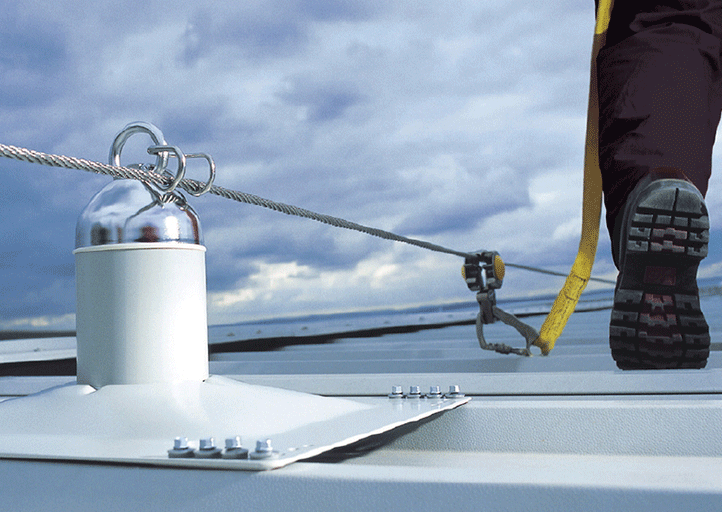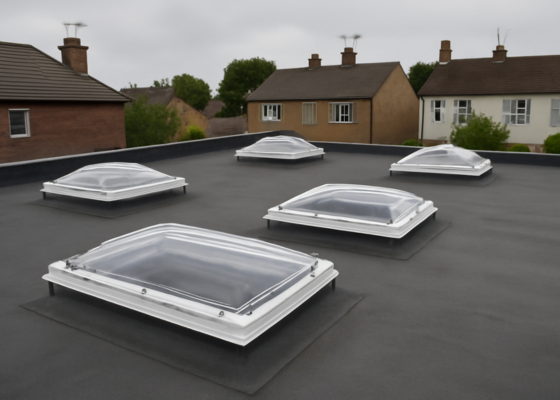Work at height presents significant risks, so ensuring the safety of workers is crucial. One of the key measures in protecting workers from the dangers of falling from height is the use of fall arrest systems. But what exactly is a fall arrest system? How does it work, and when should it be used?
Before we discuss the ins and outs of fall arrest systems, it’s important to remember that they should only be used as a last resort. That’s because they rely on correct user participation. So, where possible, you should mitigate the risk of falls through work practices that eliminate the need to work at heights. If this isn’t possible then the next step is to use measures like guardrails.
What is a fall arrest system?
A fall arrest system is a form of personal fall protective equipment (PFPE) that stops a fall once it’s begun. This prevents the worker from colliding with a lower level, obstruction or the ground.
In other words, it’s a safety system that activates when a fall occurs, arresting the fall and minimising the risk of injury.
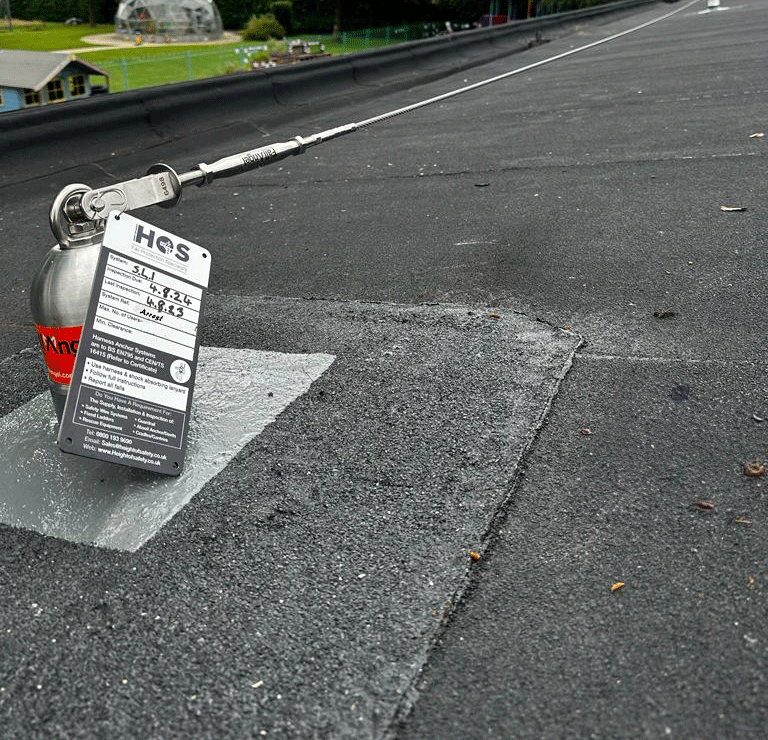
Components of a fall arrest system
A typical fall arrest system consists of three main components:
- Anchorage: This is a secure point for the fall arrest system, capable of supporting the weight and force of a worker’s fall.
- Body harness: Worn by the worker, the harness distributes the force of the fall across the body to minimise injury.
- Connecting device: This includes lifelines, lanyards or deceleration devices that connect the harness to the anchor point and control the fall.
How does a fall arrest system work?
When a worker falls, the main function of a fall arrest system is to stop the fall in progress, reducing the impact forces exerted on the body.
Firstly, detection: when a worker falls, the system detects the sudden descent. This could be through a self-retracting lifeline that extends and retracts with the worker’s movements or a traditional lanyard that deploys upon a fall.
Next comes activation: The system activates immediately, and the deceleration device kicks into action. In the case of a self-retracting lifeline, it locks to prevent the person from falling further. A shock-absorbing lanyard arrests the fall by elongating to reduce the shock impact on the body.
This is followed by arrest: The fall is arrested, meaning the worker’s descent is halted. The harness and connecting devices work together to disperse the force throughout the body, significantly reducing the risk of serious injury.
Finally, post-fall rescue: After the fall is arrested, the worker is suspended in the harness. Rescue procedures must be in place to retrieve the worker quickly.
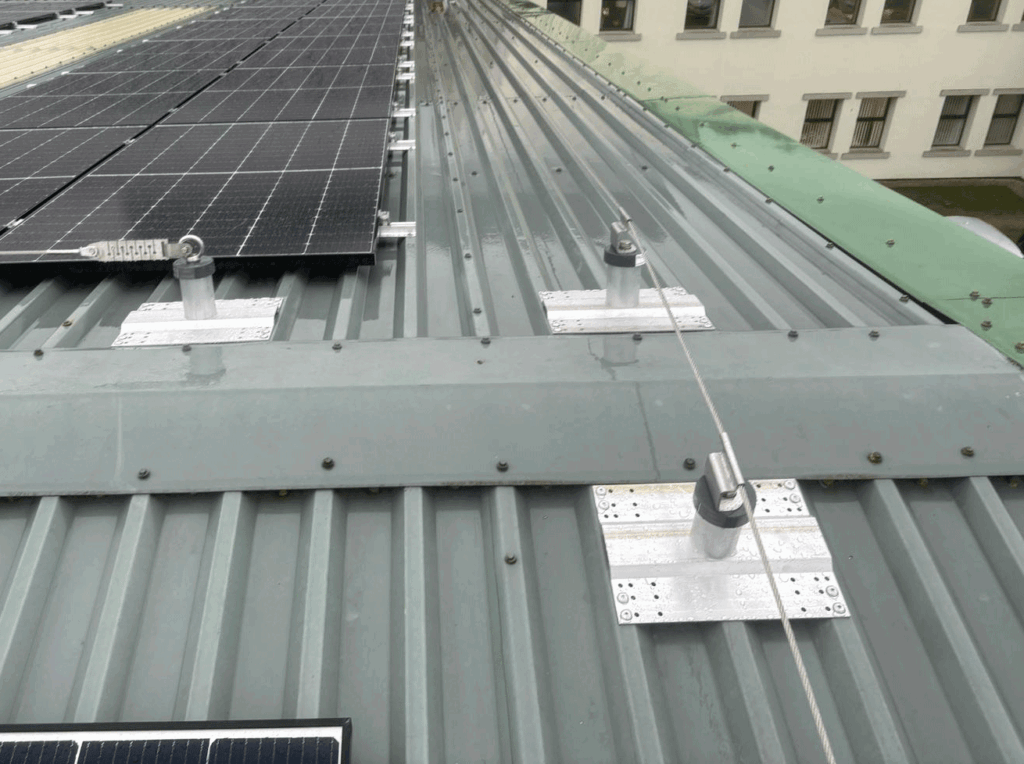
When should you use a fall arrest system?
According to regulations, any work at height where a person could fall a distance liable to cause personal injury requires appropriate fall protection.
Fall arrest systems are typically used when you cannot eliminate the risk of falling and where guardrails or another form of fall prevention are not feasible.
For example:
- Construction sites where people might work on partially completed structures or near unprotected edges.
- Roof work, including gutter cleaning, installation of solar panels, roofing
- Industrial premises like warehouses and manufacturing plants where workers operate at heights or near edges and openings
- Maintenance and inspection of plant and equipment on a roof or tall structures, including wind turbines, communication towers, masts and bridges.
Wherever the system is being used, it must be inspected before each use and undergo periodic detailed inspections by a competent person.
Limitations of fall arrest
While fall arrests are important safety systems, it’s important to understand that they’re not without limitations. They don’t prevent falls, only arrest them once they’ve begun, so there must be sufficient clearance below the work area for the system to work properly. When someone falls, there is still a chance of injury. When using fall arrest equipment, you’re legally required to have a comprehensive rescue plan in place so a person can be rescued quickly and safely in the event of a fall.
Finally, you must ensure that you train all users on how to use, inspect, and maintain fall arrest equipment properly.
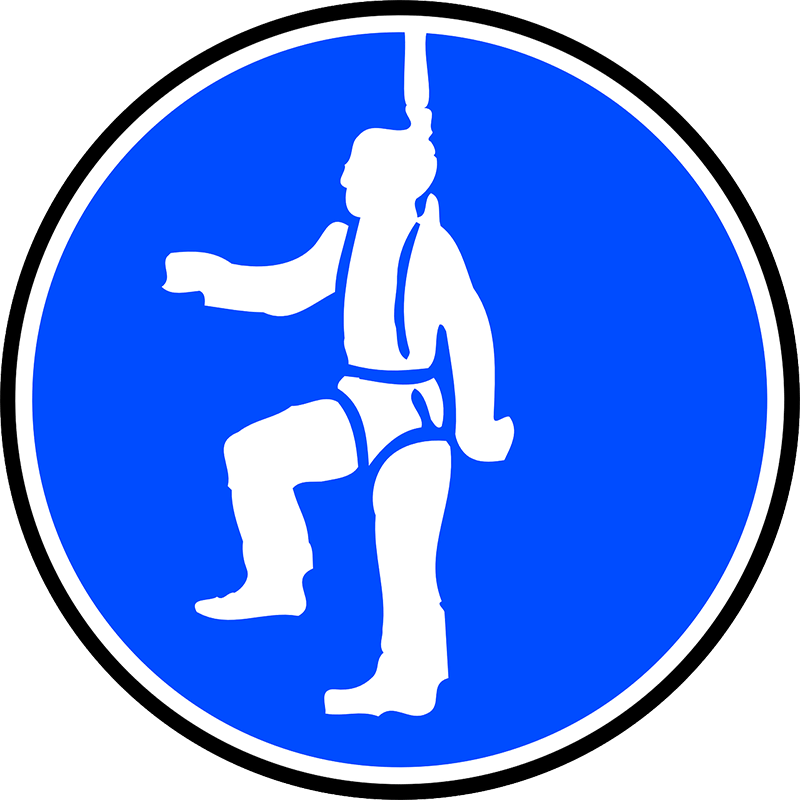
Putting safety first every time
Fall arrest systems are a critical component of height safety, providing the last line of defence against the dangers of falls in the workplace. While they should not be relied upon as the primary means of fall protection, they can be the difference between life and death when used correctly.
By understanding what a fall arrest system is, how it works and when to use it, employers and workers can create a safer working environment and reduce the risk of falls and associated injuries

